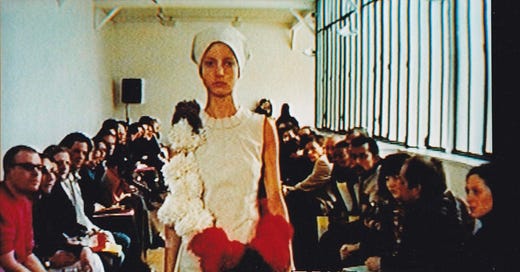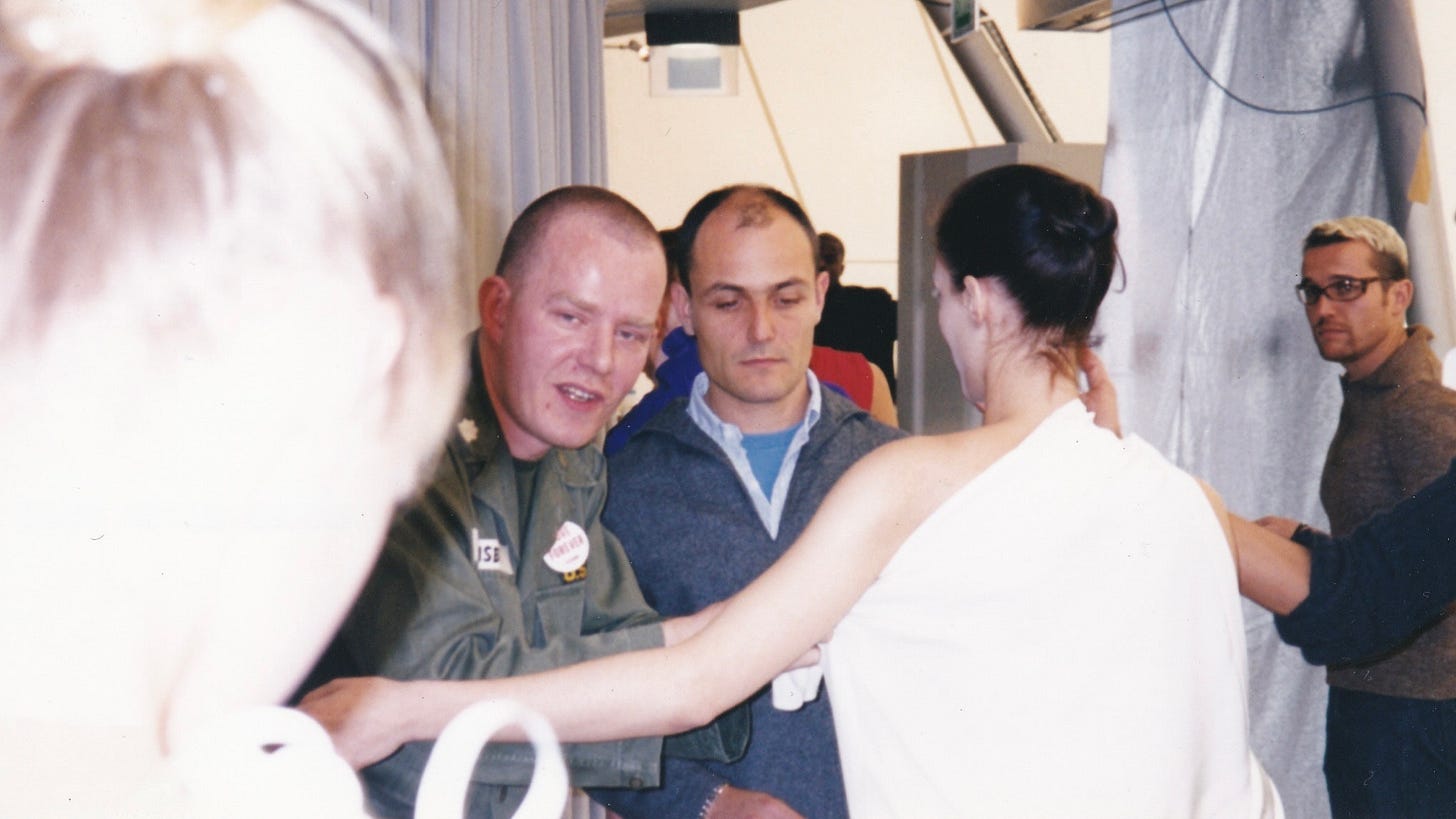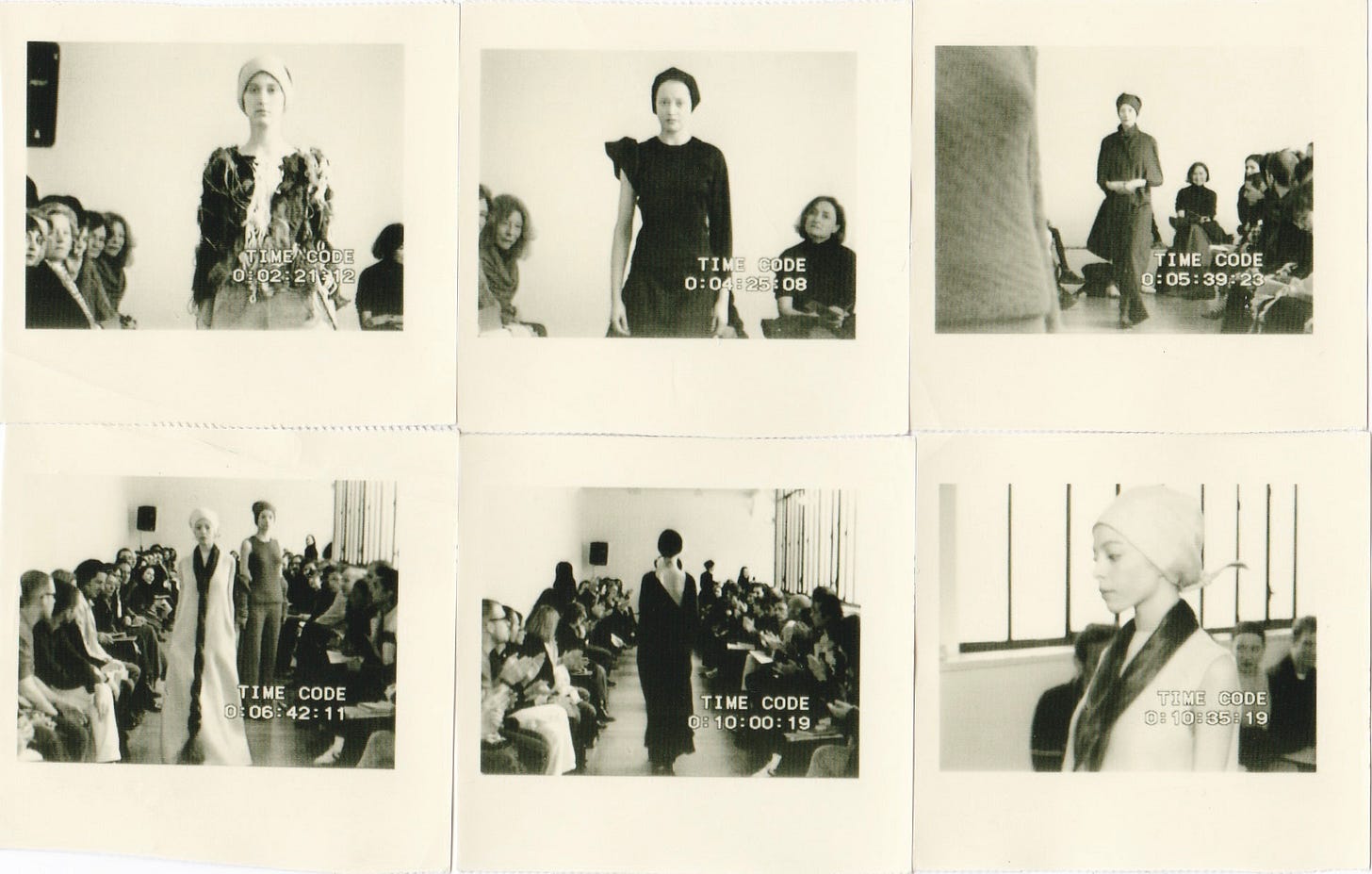The Belgian designer who mastered the art of influence without fame
Patrick Van Ommeslaeghe has quietly shaped some of the most important collections of the 21st century.
By Wonne Scrayen
Patrick Van Ommeslaeghe is one of those designers in it for the pure love of creating. He’s both understated and entirely confident in his vision; the kind of enviable perspective earned through years of hard work and commitment.
Like other great Belgian designers, upon graduating from Antwerp's fabled Royal Academy of Fine Arts in the 80s, he began his career as a stylist at Flair, a Belgian magazine run by Gerdi Esch – a fashion editor and co-founder of MoMu Antwerp – that targeted bourgeois women with a slight avant-garde edge. Later, around the turn of the century, he founded his own brand to critical acclaim.
Running for four seasons before shuttering, Van Ommeslaeghe has spent the majority of his career working below the radar, designing for the likes of Raf Simons, Jil Sander, Dries Van Noten, and Ann Demeulemeester. “When they use me to my best advantage, I’m a genius; if not, I’m useless as a designer," he says.
With a new retrospective exhibition at the Fashion & Lace Museum celebrating 40-plus years of STIJL, the iconic multi-label designer store in Brussels that once stocked his collections, now is the perfect moment to get to know Van Ommeslaeghe’s story better.
Amiable, open, with a profound love for craftsmanship and a genuine interest in others, the following conversation spans his decision to switch from medicine to fashion early on, to his decision to close his popular label and instead work in partnership with most revered names in the industry.
How do you reflect on your days as a student at the Royal Academy of Antwerp?
In one word: fantastic. Those four years were a revelation to me. Coming from a bourgeois household, I entered the academy as a plain Jane to whom a world of art and colour revealed itself. Back then, you paid a yearly tuition fee of merely €250. The selection, however, was still as brutal. Around a hundred out of more than a thousand applicants made it to the first year. By the end, only a handful graduated; there were around seven or eight in my year. The academy’s reputation doesn’t come out of nowhere, of course. Luckily, I always knew how to amaze them when it mattered most.
But honestly, I still do not quite know how I made it through. I have seen so many talented people disappear. It’s an interesting hybrid, this sense of extreme freedom amidst the intense rigour. It makes for a breeding ground of, eventually, strong identities. But you need to have thick skin. One moment, you are praised, and the next, your work is completely torn apart until you simply have had enough and stick with your gut. Which, ultimately, is what they are after: students who full-heartedly pursue their vision, no matter what.
In stories about the academy, emphasis is often placed on competitiveness between students. What was your experience? Was this an issue, or was there a sense of belonging?
Everyone resented one another just as much (laughs). But we were all in it together, so we made it work. You see, the thing is, when there are so many strong personalities within one group, you’re asking for tension. In a way, it’s a recipe for disaster. Disdainful looks and nasty comments about each other’s work were not a rare occurrence. However, this rarely had anything to do with the others’ actual work; it was more a defence mechanism to cope with your inner stress level. At times, we couldn’t stand each other, but that was all we had: each other. So we tried to make the most of it.
Before your career in fashion, you had a brief stint as a medical student. Two completely different worlds: fashion and medicine. What made you decide to switch out the medicinal needle and thread for the sartorial one, so to speak?






